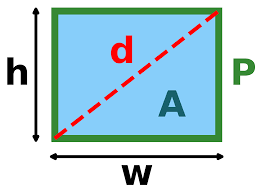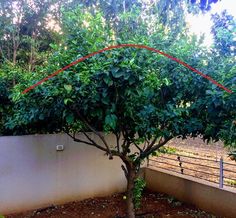4 Ways to Find the Width of a Rectangle

Introduction:
A rectangle is a quadrilateral with four right angles, and finding the width of a rectangle is a common mathematical task. You can find the width of a rectangle using various methods depending on the available information. In this article, we will explore four different ways to find the width of a rectangle.
1.Using the Length and Area:
If you have the length (l) and area (A) of a rectangle, you can find its width (w) using the following formula:
Width (w) = Area (A) / Length (l)
By dividing the area by the length, you can obtain the width of the rectangle.
2.Using Length, Perimeter, and Algebra:
When you have the length (l) and perimeter (P) of a rectangle, you can determine its width using algebra and the perimeter formula:
Perimeter (P) = 2 * (Length (l) + Width (w))
To find the width from this equation, follow these steps:
– Rearrange the formula to isolate ‘w’: P / 2 = l + w
– Now subtract ‘l’ from both sides: w = P / 2 – l
This equation will help you find the width when you have the length and perimeter of a rectangle.
3.Pythagorean Theorem in Right-angled Triangles:
In some cases, when dealing with diagonal measurements of a rectangle, you can use Pythagorean theorem to find its width. If you have a right-angled triangle formed by half of a rectangle with known diagonal ‘d’ and length ‘l’, or equivalent in square measures, apply this formula:
Width² = Diagonal² – Length²
Width = √(Diagonal² – Length²)
By calculating this expression, you can obtain the unknown width.
4.Similar Rectangles:
In scenarios where you have two rectangles with proportional sides, you can use the relationship between corresponding sides to find the missing width. If you know the width and length of one rectangle, along with the length of the other, you can deduce their proportionality:
Width ₁ / Width ₂ = Length ₁ / Length ₂
Rearrange this formula to find the unknown width:
Width ₂ = (Width ₁ * Length ₂) / Length ₁
Conclusion:
Finding the width of a rectangle is fundamental in various mathematical and real-life problems. Depending on the given data, different methods can be employed to determine the missing width. The techniques discussed in this article include using length and area, perimeter and algebra, Pythagorean theorem in right-angled triangles, and relationships between similar rectangles. Remember to choose the suitable approach based on your specific problem for easier calculations!






